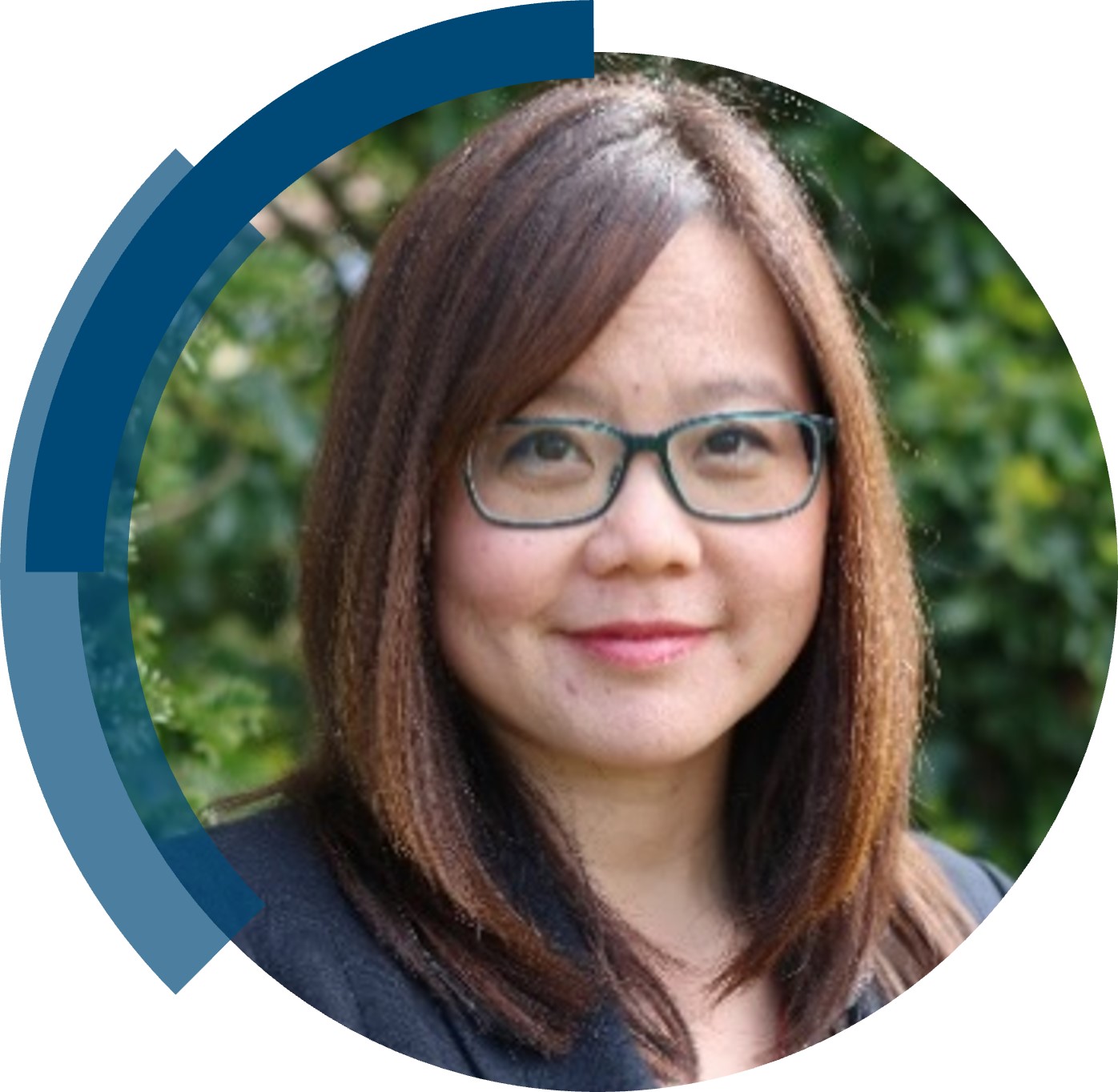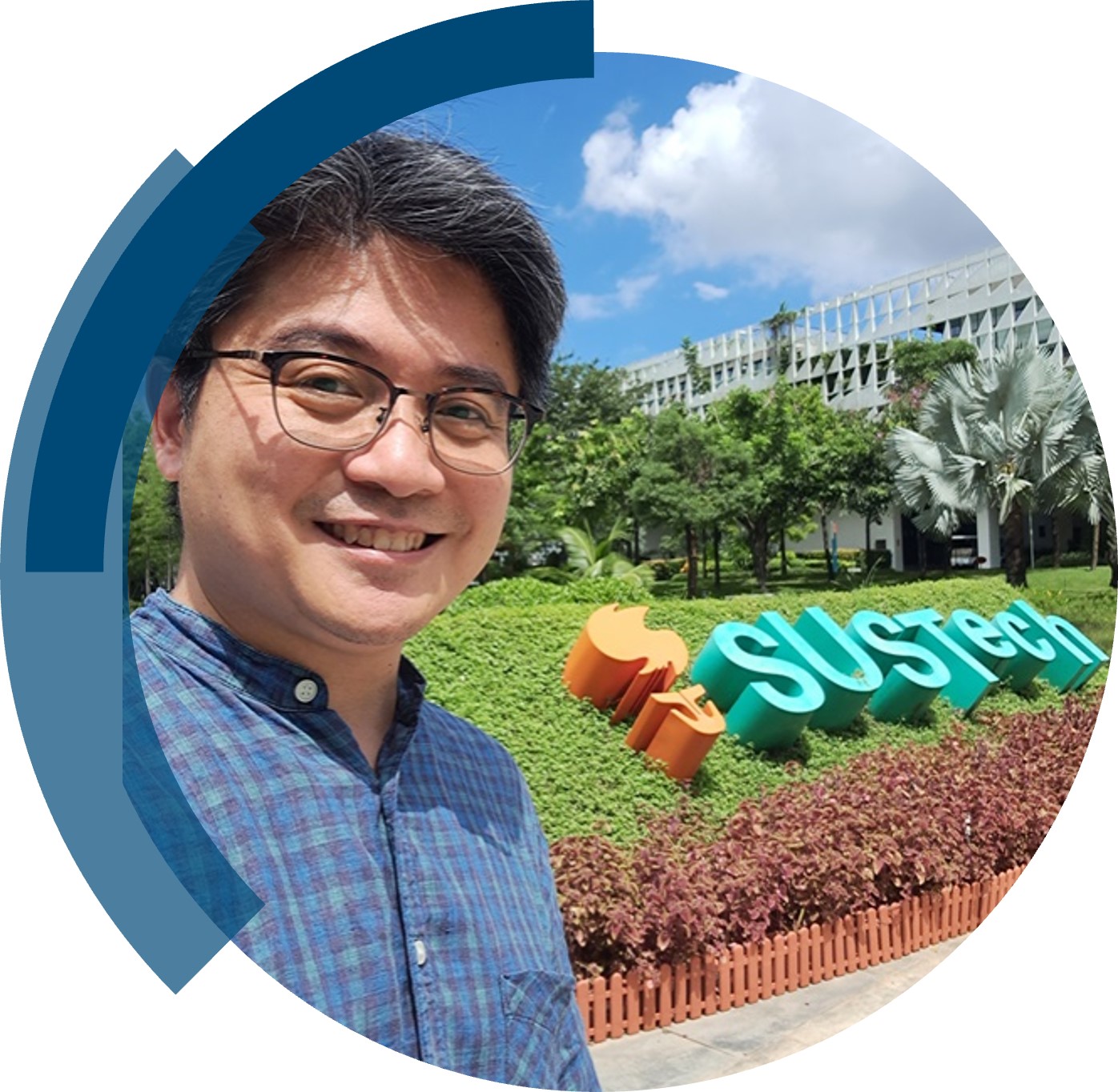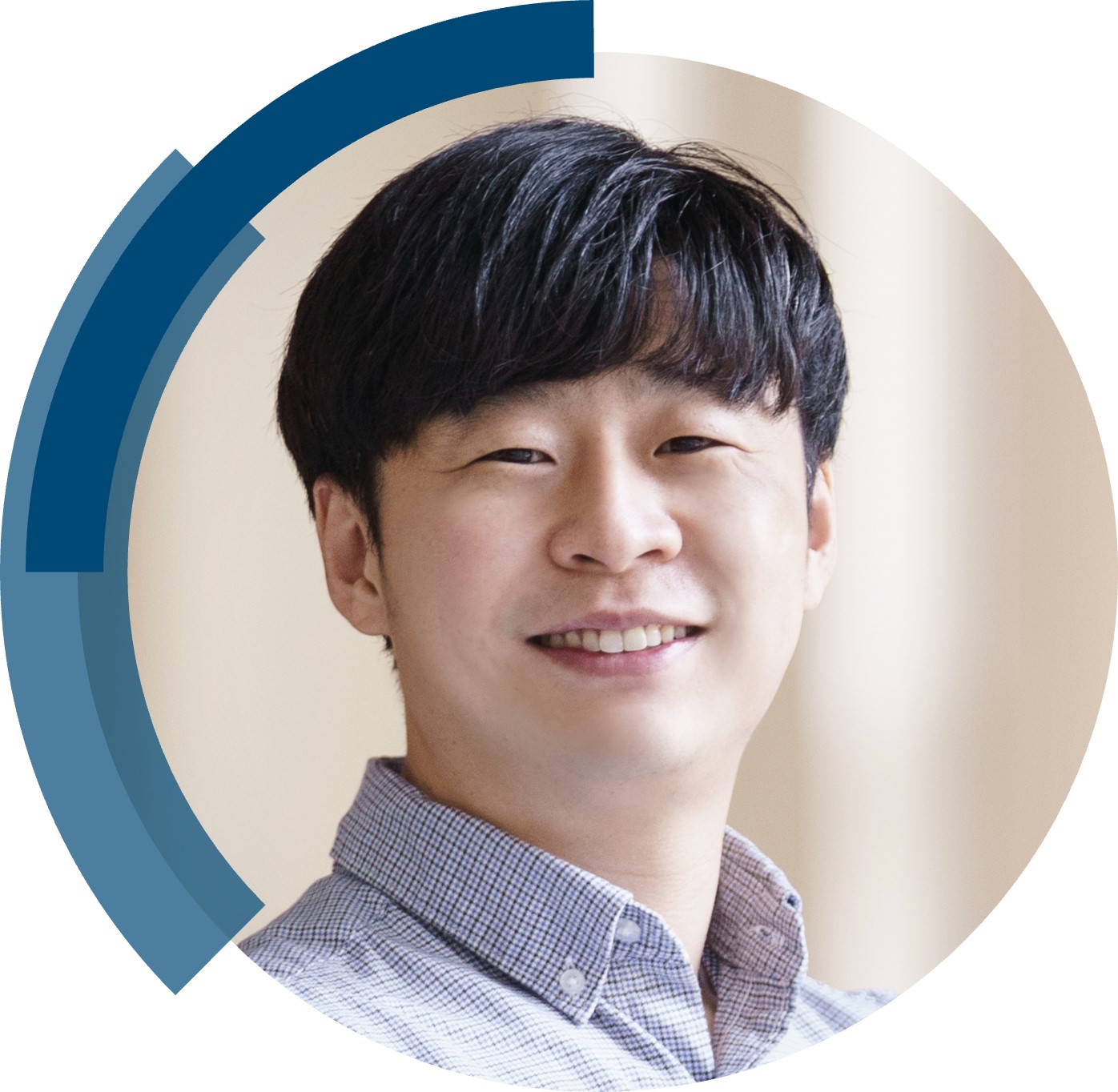
ChemComm is publishing its 60th volume in 2024. Over the past 60 years, ChemComm has been the RSC’s most cited journal, and one of the most trusted venues for rapid publication of short communications. In our anniversary year, we recognise the important contributions ChemComm has made, and continues to make, in advancing the chemical sciences.
As part of our anniversary celebrations, we’ve brought together a collection featuring the latest research from some of our most loyal and dedicated authors. From those marking the beginning of their independent academic career by publishing their first article with us, to the rising stars and established leaders publishing in our yearly ‘Emerging Investigators’ and ‘Pioneering Investigators’ collections, this collection champions the contributions of our worldwide author community. We are proud many authors choose to support our journal by regularly publishing their best work with us. This collection also features papers from our ChemComm Emerging Investigator Lectureship winners, and our Outstanding Reviewer awardees, whose invaluable feedback has shaped our published content through the years.
To accompany the collection, we’ll be publishing interviews with contributing authors where they provide further insight into their research and reflect on their journey with ChemComm.
Check out our interview with Artur Ciesielski (Université de Strasbourg, France) below!
How have you seen ChemComm evolve over the years, and what aspects do you find most noteworthy?
In the past, ChemComm focused exclusively on short communications that reported novel research findings across all areas of chemistry. Over time, its scope has expanded significantly. While it still emphasizes rapid publication of cutting-edge research, the journal now covers a broader spectrum of interdisciplinary topics, such as materials chemistry, nanotechnology, chemical biology, and energy-related chemistry. This shift is indicative of the journal’s commitment to staying at the forefront of impactful and socially relevant research areas.
What is your favourite thing about ChemComm?
One of the journal’s defining features is and has always been its focus on rapid publication. ChemComm continues to emphasize speed without compromising on quality. With the rise of open access movements, ChemComm has also adopted flexible publishing models and it now offers hybrid models that allow authors to choose open-access options for broader visibility.
In what ways do you think ChemComm stands out among other journals in your field?
ChemComm is a unique and highly respected journal, particularly for researchers looking to quickly publish novel, impactful work in a format that reaches a broad and influential audience. If I was asked to create an add for ChemComm, the following bulletpoints will certainly be there:
– Rapid, high-impact publication for cutting-edge discoveries.
– Interdisciplinary scope, covering a wide range of chemistry-related fields.
– Concise communication format, making research findings more accessible.
How would you describe the peer review process and interaction with the editorial team at ChemComm?
The peer review process at ChemComm was and still is highly organized and efficient, with clear guidelines ensuring that each review is timely and thoughtful. The editorial team was always keen in answering my questions (also outside of the peer review processes)
Are there ways in which the journal can further support and engage with future generations of scientists?
As there is always a room for improvement, I would like to see ChemComm adopting initiatives that could support the professional growth of future generations of young researchers in the field of chemistry.
– Mentorship programs pairing young scientists with senior researchers in peer review processes – this has been adopted by some prominent journals and it allows young researchers to be acknowledged for their contribution as co-reviewer.
– Diversity and inclusion initiatives to support underrepresented geographical groups – while there are already special issues showcasing the work of early-stage researchers, it would be valuable for ChemComm to also focus on highlighting the chemistry emerging from developing countries in Central and Eastern Europe. A possible approach could involve the creation of country-specific virtual issues, which would spotlight the unique challenges and innovations in these regions. Such an initiative would not only provide greater visibility to researchers from underrepresented areas but also foster international collaboration and inspire further advancements in the global chemistry community. By emphasizing the scientific contributions from these countries, ChemComm could play a key role in promoting diversity and inclusivity in the field of chemistry.
Could you provide a brief summary of your recent ChemComm publication?
Covalent organic frameworks (COFs) are a class of crystalline, porous materials made up of light elements like hydrogen, boron, carbon, nitrogen, and oxygen, connected by covalent bonds. COFs have attracted significant interest as electrode materials for supercapacitors and metal-ion batteries due to their high surface area, adjustable porosity, and capacity for reversible redox reactions—key factors in improving energy storage capacity and cycling stability in these devices. However, designing COFs with specific electrochemical properties remains a primary focus in materials science and nanotechnology. In our recent work, we synthesized hollow COFs using an anthraquinone-based framework through a template-assisted method with PS nanospheres, evaluating their performance in energy storage applications.
In your opinion, what are the next steps or potential areas of research that could build upon the findings in this paper?
Building upon the findings discussed in our paper, several promising areas of research could be explored to advance the development of COFs for energy storage applications:
– Optimization of Synthesis Methods. Further refining the template-assisted synthesis process could lead to better control over the morphology, porosity, and crystallinity of COFs. Exploring alternative templates or self-templating strategies might result in more uniform hollow structures or new architectures that enhance electrochemical performance.
-Exploring New Functional Monomers. Investigating a broader range of functional monomers that are acid-soluble or responsive to different chemical environments could allow for the design of COFs with more tailored electrochemical properties, such as higher conductivity or enhanced redox activity.
Be sure to read Artur’s article, “Template-assisted synthesis of hollow anthraquinone-based covalent organic frameworks for aqueous zinc-ion hybrid supercapacitors” to learn more!





















